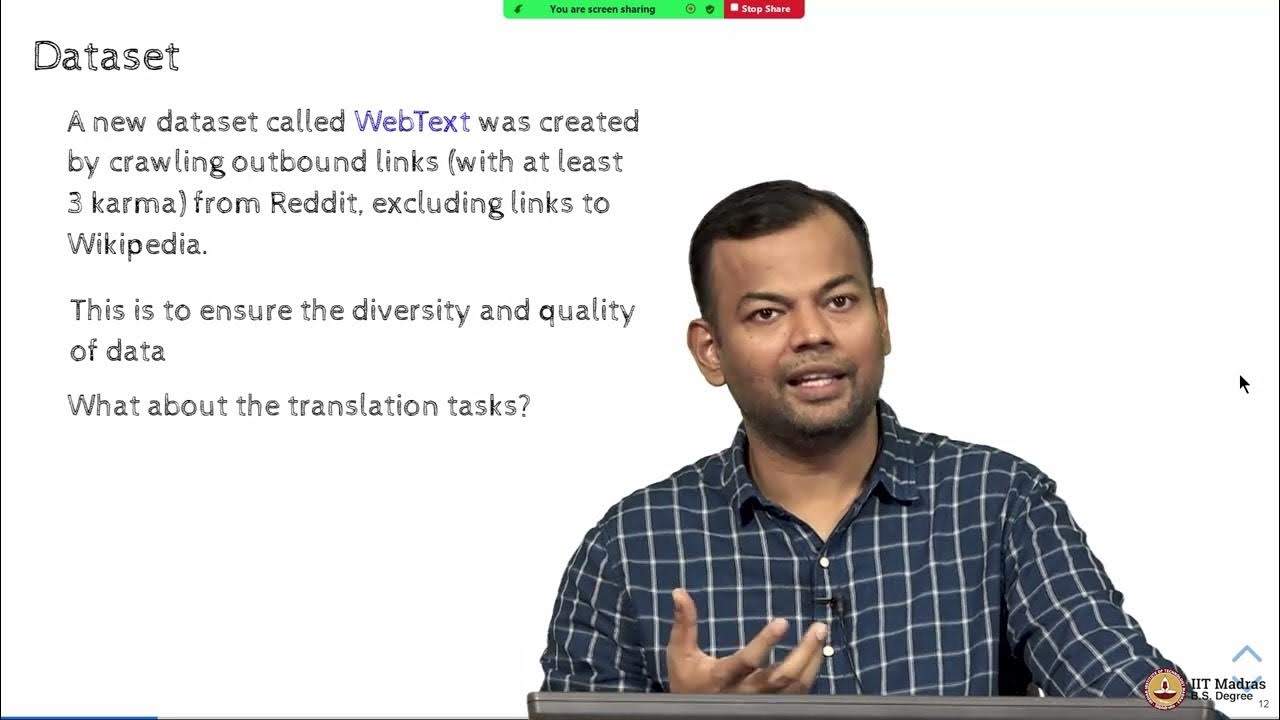What is Transfer Learning? [Explained in 3 minutes]
Summary
TLDRThis video explores the concept of transfer learning, a technique where knowledge gained from one task is applied to a new, related task. It explains how this method enhances learning speed and reduces the data required for training by leveraging pre-existing knowledge. For instance, an algorithm trained to recognize dogs can more easily learn to recognize cats. The video also introduces Levity, a tool that enables users to train AI models on various data types without coding, streamlining workflows and integrating them into existing systems.
Takeaways
- 📚 **Transfer Learning Defined**: Transfer learning is the process of improving learning in a new task by transferring knowledge from a related task that has already been learned.
- 🚴 **Analogy of Learning**: Just as learning to ride a motorcycle is easier if you already know how to ride a bicycle, transfer learning allows machines to leverage previously learned skills to learn new tasks more efficiently.
- 🤖 **Machine Learning Context**: In machine learning, transfer learning involves using pre-trained models to learn new tasks, allowing for the transfer of abstract concepts from one domain to another.
- 🔄 **From Isolation to Integration**: Traditional learning required machines to learn in isolation, starting from scratch for each new task, while transfer learning builds upon previous knowledge to tackle new challenges.
- 🚀 **Increased Speed**: Transfer learning accelerates the learning process as the algorithm doesn't need to start from zero, thus generating high-quality output more rapidly.
- 📉 **Reduced Data Dependency**: This technique requires less new data for learning, which is beneficial when extensive training data is scarce or expensive to obtain.
- 🔧 **Generalization Over Specialization**: Transfer learning focuses on creating generalizable modules within algorithms, enhancing their ability to apply knowledge across different tasks.
- 🛠️ **Practical Application**: Tools like 'levity' enable users to train AI models on various data types without coding, showcasing the practical application of transfer learning in real-world scenarios.
- 🌟 **Levity Introduction**: 'Levity' is highlighted as a tool that simplifies AI model training and integration into existing systems, emphasizing the accessibility of transfer learning techniques.
Q & A
What is the formal definition of transfer learning?
-Transfer learning is the improvement of learning in a new task through the transfer of knowledge from a related task that has already been learned.
How does the concept of transfer learning relate to learning to ride a bicycle and then a motorcycle?
-Transfer learning is analogous to learning to ride a motorcycle after already knowing how to ride a bicycle. The skills learned in balancing and operating the controls from riding a bicycle can be transferred to make learning to ride a motorcycle easier.
How does transfer learning work in the context of machine learning?
-In machine learning, transfer learning allows algorithms to learn new tasks by leveraging pre-trained models. For example, an algorithm trained to recognize dogs can be adapted to recognize cats by transferring certain abstract concepts.
What was the traditional approach to machine learning before transfer learning?
-Before transfer learning, traditional machine learning involved learning in isolation. Machines would learn to perform a specific task with a large dataset and could not leverage previously gained knowledge for new tasks without additional data.
What are the two major benefits of transfer learning mentioned in the script?
-The two major benefits of transfer learning are increased learning speed with less new things to learn, and a reduction in the amount of data required for additional learning.
Why does transfer learning increase learning speed?
-Transfer learning increases learning speed because the algorithm can leverage previously learned knowledge, reducing the need to learn everything from scratch.
How does transfer learning reduce the amount of data required for learning?
-Transfer learning reduces data requirements because it allows algorithms to build upon existing knowledge, meaning they can learn from fewer data points than would be needed to start from scratch.
What is the significance of the analogy of a hockey player learning field hockey in the context of transfer learning?
-The analogy of a hockey player learning field hockey illustrates how transfer learning allows for quicker learning by applying concepts from one domain (ice hockey) to another (field hockey), highlighting the efficiency of transfer learning.
What is Levity, as mentioned in the script?
-Levity is a tool that enables users to train AI models on images, documents, and text data without writing code. It allows for the rebuilding of manual workflows and integration with existing systems.
How does Levity relate to the concept of transfer learning discussed in the script?
-Levity, as a tool for training AI models, likely utilizes transfer learning techniques to improve the efficiency and effectiveness of AI model training on various types of data.
Outlines

This section is available to paid users only. Please upgrade to access this part.
Upgrade NowMindmap

This section is available to paid users only. Please upgrade to access this part.
Upgrade NowKeywords

This section is available to paid users only. Please upgrade to access this part.
Upgrade NowHighlights

This section is available to paid users only. Please upgrade to access this part.
Upgrade NowTranscripts

This section is available to paid users only. Please upgrade to access this part.
Upgrade NowBrowse More Related Video
5.0 / 5 (0 votes)





